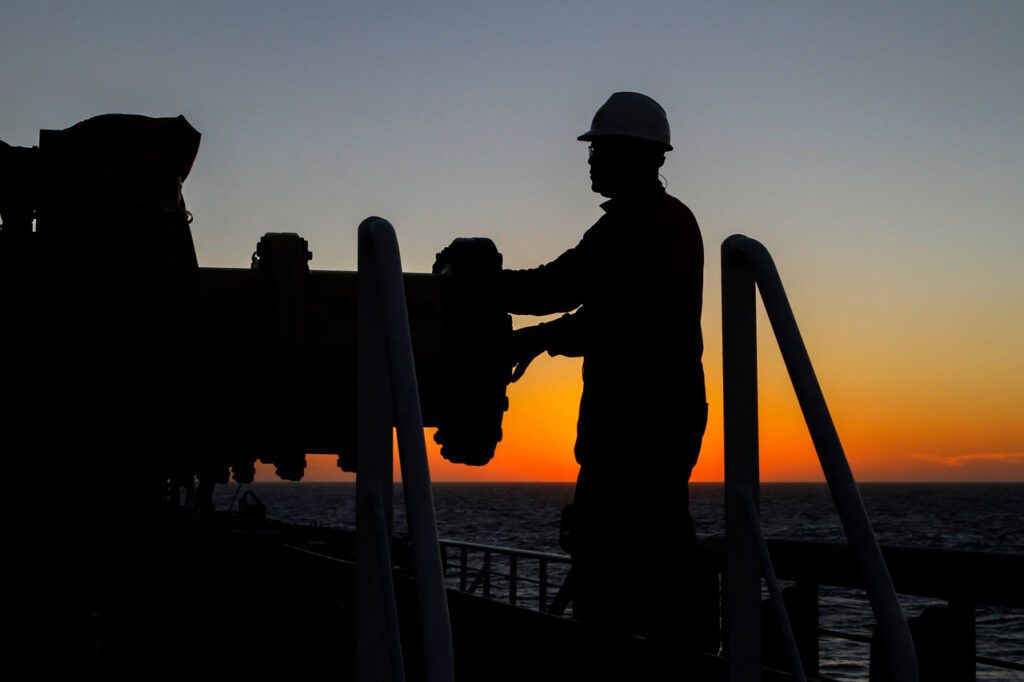Introduction
Bulk liquid cargoes of petroleum, chemicals and vegetable oil are frequently worth far more than the tanker carrying them. If the cargo becomes contaminated, claims can be very large, and the tanker owner must prove the contamination was not the vessel’s fault. It is only by the proactive and secure sampling of cargo before and during loading and discharging that this burden of proof can be met. This Risk Bulletin highlights the critical importance of the sampling process – inclusive of the pre-load ‘million dollar’ sample – as a powerful and conclusive ‘shore fault’ defence to contamination claims.
Background
MMIA Risk Bulletins Nos. 36 Product Tankers, 37 Chemical Tankers and 40 Veg/Palm Oil Tankers highlighted the tank cleaning procedures to ensure that ‘last cargo’ residues in cargo tanks and lines and the resulting risks of cargo contamination were negated. MMIA’s recommendations were and still are for Members to refer to ‘best industry practice’ cleaning guides.
NOTE: One of the best-known tank cleaning guides, Dr Verwey’s Guide 11th Ed. 2022, is now updated. MMIA recommends that a copy of this updated guide – or an updated equivalent guide – should be available for direct access by ship managers and all tanker crews.
If tank and line cleaning are accomplished correctly, inclusive of ‘wall washing’ tests and tank condition inspection by ship’s crew and independent surveyors, there should be minimal potential for ‘last cargo’ residue contamination of ‘next cargo’.
Cross contamination due to multi-grade cargoes and improper cargo line and/or vapour line valve separation can also be minimised through use of ISM Code or NCVS SMS manual procedures which incorporate best industry practice operational guidelines (e.g., Manual of Oil Tanker Operations).
However, neither optimum tank cleaning nor optimum operational processes can guarantee that cargo contamination will not occur due to ship’s fault. Nor can the use of such processes provide the conclusive evidence required to defend a cargo contamination claim. This can only be done through pro-active cargo sampling and independent analysis to recognised industry standards, preferably all conducted on a joint sampling and analysis witnessing basis.
Bulk Liquid Cargo Sampling Process Standards
The standards for the entire cargo sampling process consists of two parts.
The first part, the industry best practice standards for bulk liquid cargo sampling, are available from the organisations linked below. They are all similar in content and their application is key to ensuring the validity of the samples obtained. Members should consider the standard most appropriate to the trades they are engaged in and purchase a copy for incorporation into their ISM Code or NCVS SMS manual cargo handling procedures.
International Standards Organisation ISO 3170:2004
American Society for Testing and Materials International ASTM D 4057
American Petroleum Institute API MPMS 8.1
NOTE: The above standards refer to but do not detail the safety issues relating to taking samples. Members should therefore also refer to the International Safety Guide for Tankers and Terminals (ISGOTT) 6th Ed, 2020.
The second part, which stipulates the regulatory safety and environmental requirements for sample storage and disposal, are contained within MARPOL and are discussed further below.
Who Should Take Samples?
MMIA recommends that Members appoint their own qualified and experienced surveyor to attend to protect their interests at all loading and discharging events. The following attendance guideline, inclusive of ship’s crew, should be followed:
- When an Owner’s surveyor has been appointed to facilitate a joint Shipper/Owner load port survey or Receiver/Owner disport survey together with a Shipper or Receiver surveyor, the crew should also attend throughout and sign the joint sampling report and sample labels as sampling witnesses.
- If for some reason an Owner’s surveyor has not been appointed, the crew should attend at the sampling by Shipper’s or Receiver’s surveyor throughout as Owner’s representatives and sign the sampling report and sample labels as sampling participants.
- Ship’s crew should normally only find it necessary to conduct sampling by themselves in cases where no surveyor for any party has been appointed or is able to attend. Alternatively, the crew may have concerns as to the sampling competence and/or integrity of the attending surveyor or surveyors. If the crew are in any doubt, they should always take, prepare and secure their own set of samples on owner’s behalf.
When and Where Should Samples be Taken?
At Load Port
- Shore tank(s) at the load port terminal.
It is often the case that the Master or Chief Officer will not be permitted to attend the sampling of a shore tank. This restriction should not apply to a joint survey by independent surveyors for both parties. To avoid argument, this joint access entitlement should be pre-agreed in the governing charterparty. - Jetty manifold at the end of the shore loading line.
The jetty manifold valve should be closed, and the sample taken from the jetty manifold drain line cock to determine, both visually and by analysis, whether any contamination is present within the shore line. This is very important following any shoreside line flushing, packing or plugging operation done by the terminal. - Shipboard manifold before loading commences.
The shipboard manifold valve should be closed, and the sample taken from the outboard manifold drain or purpose fitted sampling cock. If analysis of this sample shows the cargo in the shore line was contaminated or ‘off spec’ before transfer/ loading, the vessel and tanker owner will be free of blame.
NOTE: This is the ‘million dollar sample’ referred to in this Risk Bulletin title and introduction. It facilitates the conclusive analysis of cargo condition and quality/specification at the point immediately before passing the ship’s rail and the physical and legal transfer to the shipowner’s care, custody and responsibility. - Designated cargo tank ‘First Foot’ samples.
Taken after loading the ‘first foot’ quantity to determine by analysis whether any cargo contamination has occurred on board and before the full cargo is loaded.
NOTE: ‘First foot’ loading and sampling provides a strong loss prevention tool, but it is time consuming and costly for shippers and charterers. Members should always encourage the implementation of the ‘first foot’ process, especially when loading high value products. - All cargo tanks on completion of loading.
Usually by way of a ‘running sample’ taken from each loaded tank to determine the cargo’s condition as received into each tank. Individual tank samples are often mixed proportionately to create a composite sample for analysis.
At Discharge Port
- Pre-discharge sample on arrival alongside at discharge port.
Usually accomplished in same manner as described at point 5. above. Used to determine whether cargo is in same condition as it was when loaded or has become contaminated during the voyage. - Shipboard manifold before discharging commences.
The ship’s manifold valve should be open, and the sample taken as the discharge is commenced. Its use is to determine the cargo condition as it passes across the ship’s rail and into the care, custody and legal responsibility of the receiver. - Shore tank(s) both prior to and on completion of ship discharge.
The same restrictions noted at point 1. will likely apply and the same access agreement for joint survey and sampling should be pre-agreed in the charterparty terms.
Cargo Sampling Process
The extensive range of bulk liquid cargoes and their often-special requirements make it difficult to provide a comprehensive summary of the process. However, the following sampling fundamentals should always be adhered to.
- The sampling process should always be completed to the best practice standards contained the publications referred to above.
- Prior to sampling, the Materials Safety Data Sheet (MSDS) details for the cargo should be checked to see whether the cargo is toxic. Special precautions – including the use of cargo specific PPE in addition to standard shipboard PPE – may be required.
- Attending parties must confer and agree on:
- The tank sample drawing process and whether to be zone (top/bottom/middle) samples or running samples and whether individual tank samples or composite sample will be prepared.
- The line sample drawing positions and precise access points.
- Access to shore tank sampling and the provision of samples to the vessel.
- Sampling apparatus, inclusive of sampler units, cords, cages and bottles, should be assembled and inspected to ensure cleanliness and fitness for purpose.
NOTE: Sample bottles should preferably be new and unused to avoid the introduction of extraneous contaminants. Additionally, ASTM suggest that all sample bottles and caps should be pre-rinsed in the product being sampled.
- Sample labels must be applied with full details including:
- Vessel name and load port.
- Cargo designation and name of shipper.
- Tank number or sample position (e.g., ship’s manifold)
- Date & time sample taken.
- Names and signatures of surveyors, parties represented ship’s crew.
- Pre-numbered and ‘tamper evident’ seals must be fitted to all sample bottles and the seal number recorded in the sampling report.
- Receipts for sample provision and sharing must be issued and signed by the receiving parties.
- Sample and sampling data security to be maintained using logging and storage systems as described below.
Cargo Sample Logging and Storage
A shipboard cargo sample log or record book must be maintained in either hardcopy or electronic form. The details of all cargo sampling and sample labels must be recorded, together with all other relevant information. All cargo and sample documentation must also be carefully filed and retained.
The samples may be required to provide critical claims defence evidence. It is therefore essential they are stored and secured safely. Members should therefore provide cargo sample storage with segregated securing for bottles and containers, external ventilation with flame screens, a dark environment and a locked access door fitted with an external ‘No Smoking’ warning.
NOTE: Similar storage for bunker fuel retained samples is required under MARPOL regulation and IMO Res. MEPC.182(59). Members should be guided accordingly.
Cargo Sample Retention, Control and Disposal
The time period for the retention of cargo samples before disposal is usually advised to be about three months. However, a shipper’s or cargo receiver’s claim entitlement to make a contamination claim extends, in law, to 12 months if the usual Hague or Hague Visby Rules apply to the Bill of Lading terms. So, is three months long enough?
The problem here is that the number of sample bottles and containers which are required to be stored on board after each loading can range from five or six to twenty or more. For tankers engaged in short coastal trades this can quickly add up to a lot of samples!
A suggested solution is for the shipboard cargo sample log to be maintained in digital form with a secure but ready access available to the Member’s shore-based claims personnel. This will allow advice to be provided to the Master and Chief Officer regarding any contamination claims which have been made and the samples to be retained beyond three months for prospective analysis and use as defence evidence.
The above sample storage and control processes should also include the requirement that no sample disposals take place without the prior written permission of the Member’s designated claims personnel. Further, that the details of the MARPOL approved method of disposal (e.g., dumping sample bottle contents into a cargo slop tank) must then be recorded in the cargo sample log.
Conclusion and ‘Takeaway’
Bulk liquid cargo sampling and sample security is a key part of a proactive loss prevention for every cargo loaded on board a tanker whether petroleum, chemicals or vegetable oil. To ensure valid defence evidence, this process must be accomplished to established industry best practice ISO, API or ASTM standards
The samples drawn and the sampling data must also be carefully logged, stored and retained to provide the conclusive evidence necessary to establish the cause and responsibility for any cargo contamination or ‘off spec’ claim which may subsequently arise.
If the ‘million dollar sample’, either alone or in conjunction with other cargo samples, shows that the contamination occurred ashore and before passing through the ship’s cargo manifold valve, then the Member will normally be provided with a complete defence.
Alternatively, if the samples show that fault lies with the vessel, the defence focus will then be on loss mitigation through cargo refurbishment and/or salvage sale and, very importantly, ‘root cause’ analysis and the prevention of recurrence.
Members are encouraged to share this Risk Bulletin with their tanker fleet managers, DPAs, masters and crews. Members should then ensure full ISM Code or NCVS SMS procedures-based implementation of their choice of ISO/ASTM/API Standards for sampling, supported by coordinated ship/shore cargo sample logging and retention and MARPOL prescribed sample storage and disposal.


